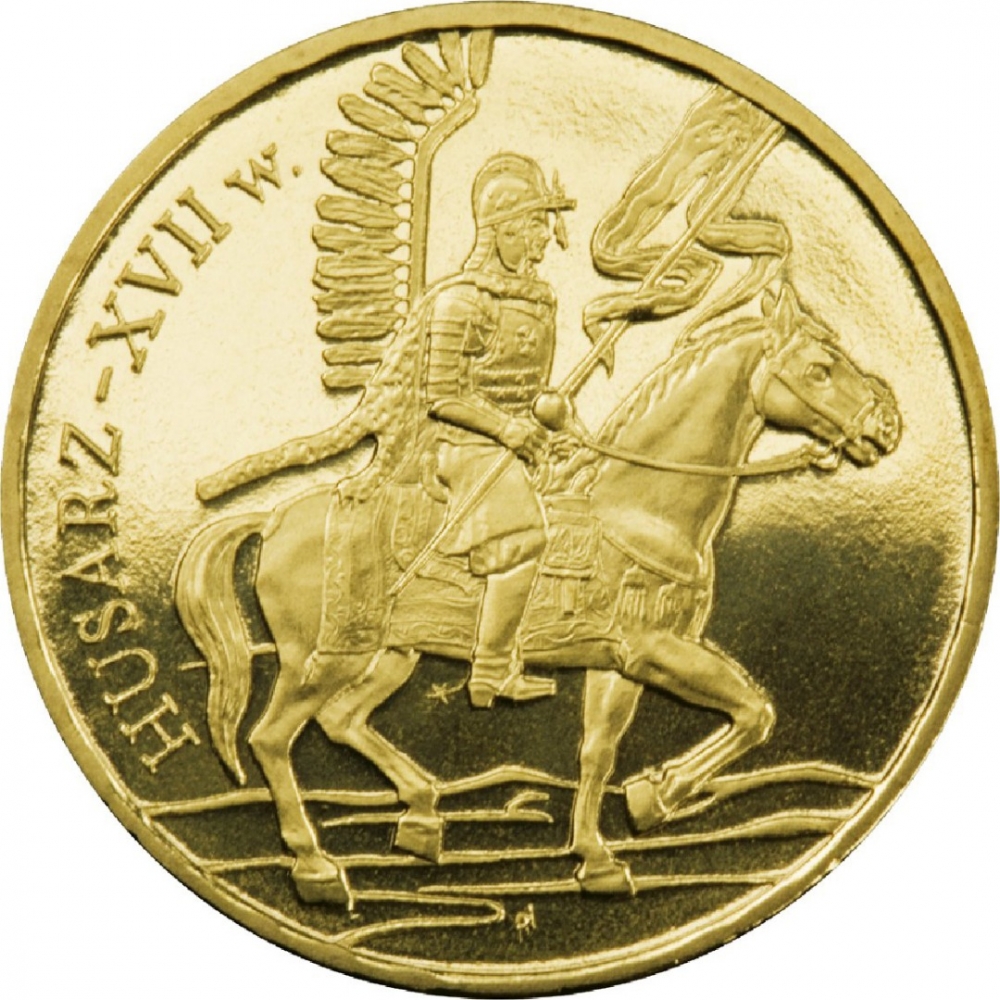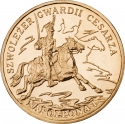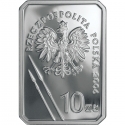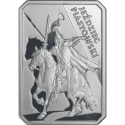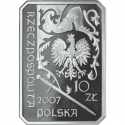You are about to finish your registration. Please check your mailbox (including spam folder). There should be a letter with a confirmation link. Check setting to make sure that your e-mail address is correct.
Send letter againDescription
The Polish cavalry can trace its origins back to the days of medieval mounted knights. Poland is mostly a country of flatlands and fields and mounted forces operate well in this environment. The knights and heavy horse cavalry gradually evolved into many different types of specialised mounted military formations, some of which heavily influenced western warfare and military science. This series of coins details the evolution of Polish cavalry from the times of mounted knights and heavy winged hussars, through the times of light uhlans to mounted infantry equipped with ranged and mêlée weapons.
Obverse

|
An image of the eagle established as the state emblem of the Republic of Poland; on the sides of the eagle the notation of the year of issue; below the eagle an inscription ZŁ 2 ZŁ, in the rim an inscription, RZECZPOSPOLITA POLSKA, preceded and followed by six pearls. The mint's mark, M/W, under the eagle's left leg. RZECZPOSPOLITA POLSKA |
|---|---|
Reverse

|
A stylized image of the hussar of the 17th century, on horseback, in armor, with the hussar's wing and leopard skin on the back, carrying a lance with a pennant. HUSARZ - XVII w. |
| Edge |
Eight times repeated inscription: NBP, every second one inverted by 180 degrees, separated by stars. NBP ★ NBP ★ NBP ★ NBP ★ NBP ★ NBP ★ NBP ★ NBP ★ |
2 Złote
Y# 670
Characteristics
| Type | Commemorative Issue (Non-circulating) |
| Material | Nordic Gold |
| Weight | 8.15 g |
| Diameter | 27 mm |
| Thickness | 2 mm |
| Shape |
|
| Alignment | Medal |
| Mint |
Warsaw Mint (M/W)
|

